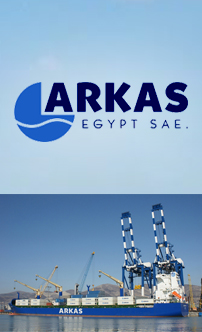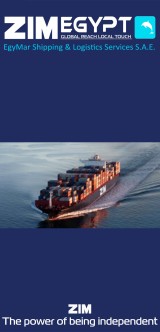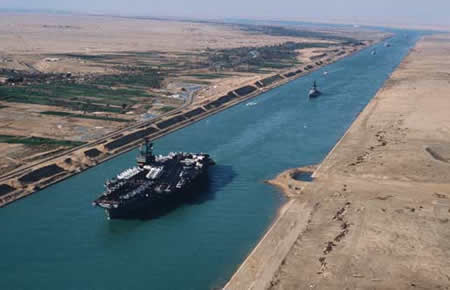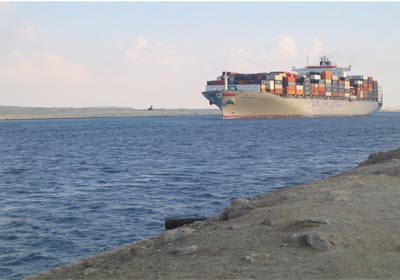Saving in distance via the Canal and the Cape:
From | To | Distance ( Nautical miles ) | Saving | ||
SC | Cape | Miles | % | ||
RasTanura | Constanza | 4144 | 12094 | 7950 | 66 % |
Lavera | 4684 | 10783 | 6099 | 57 % | |
Rotterdam | 6436 | 11169 | 4733 | 42 % | |
New Orleans | 9645 | 12299 | 2654 | 22 % | |
Jeddah | Piraeus | 1320 | 11207 | 9887 | 88 % |
Rotterdam | 6337 | 10743 | 4406 | 41 % | |
Tokyo | Rotterdam | 11192 | 14507 | 3315 | 23 % |
Singapore | Rotterdam | 8288 | 11755 | 3647 | 29 % |





